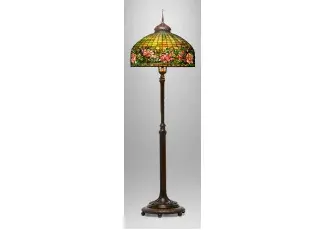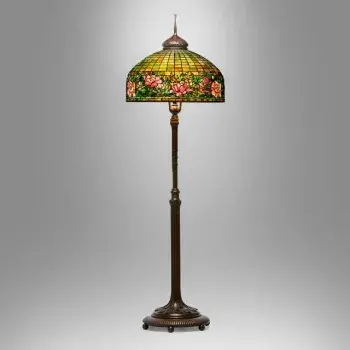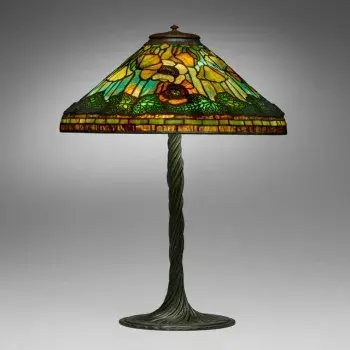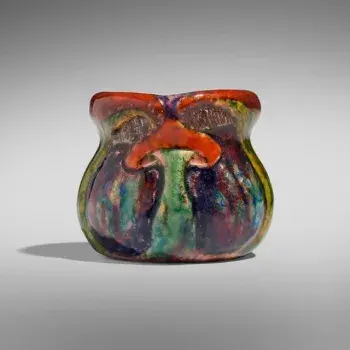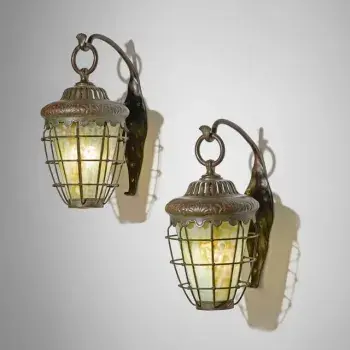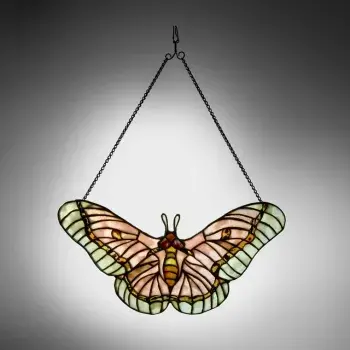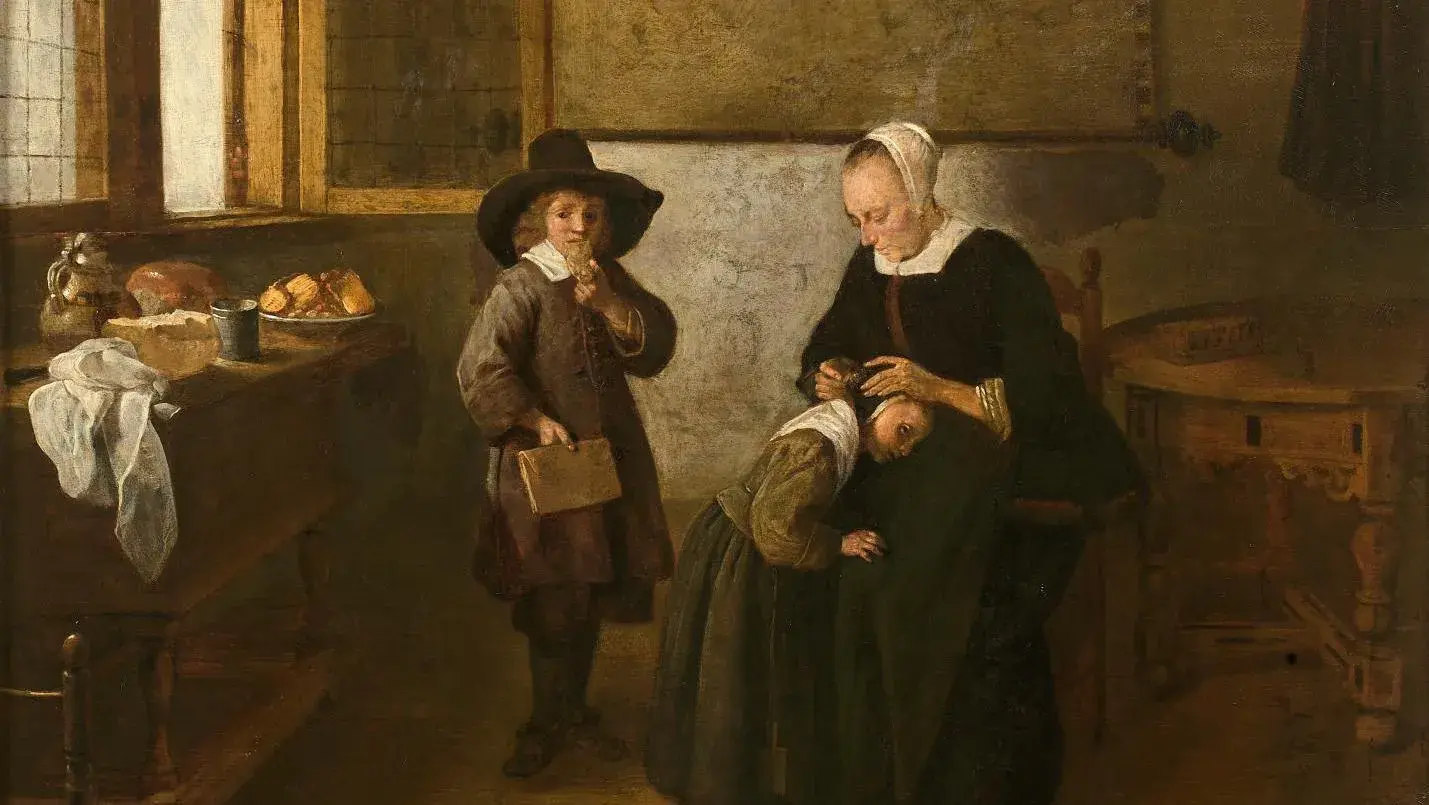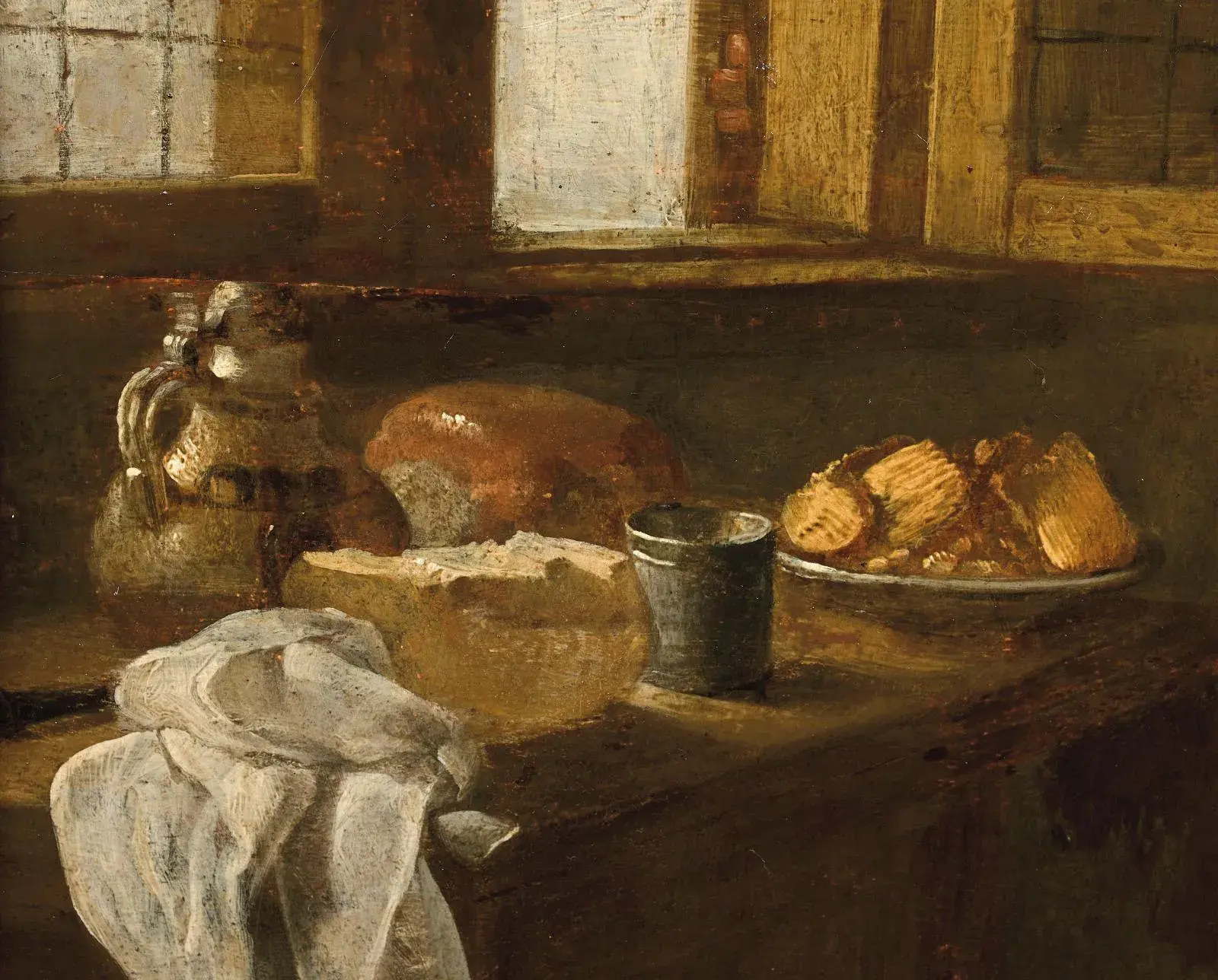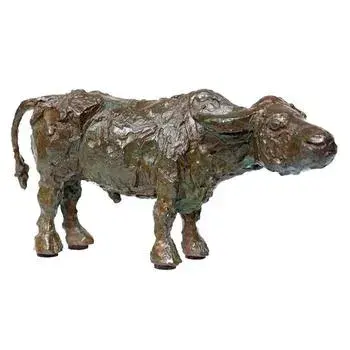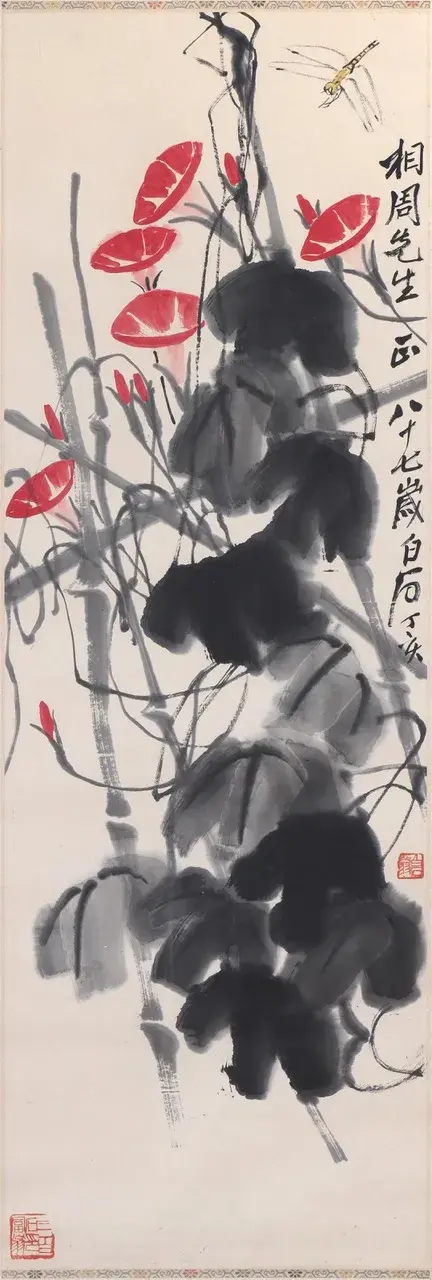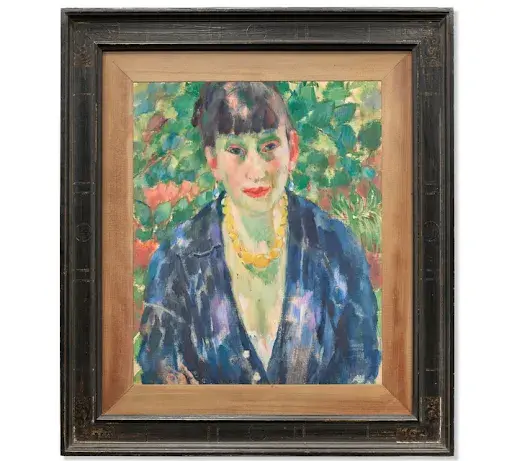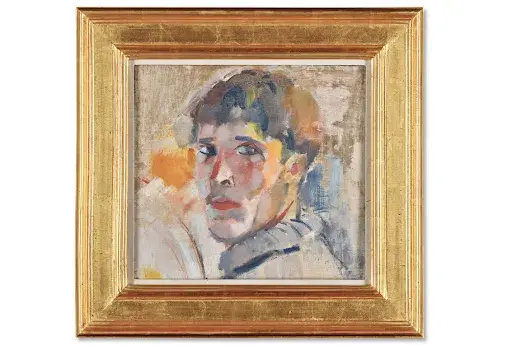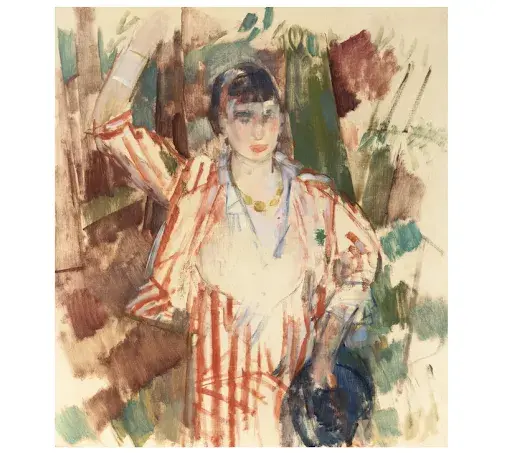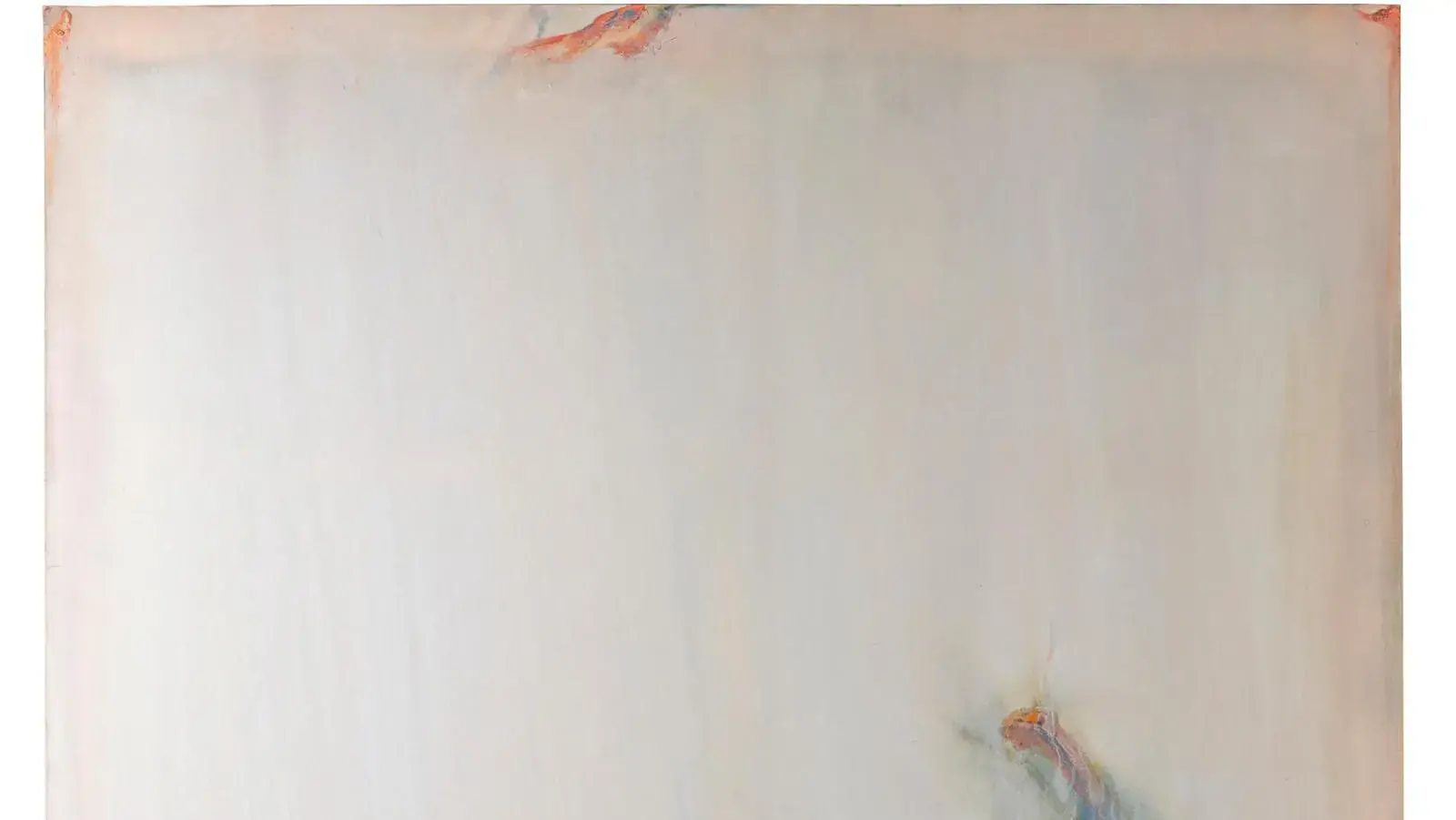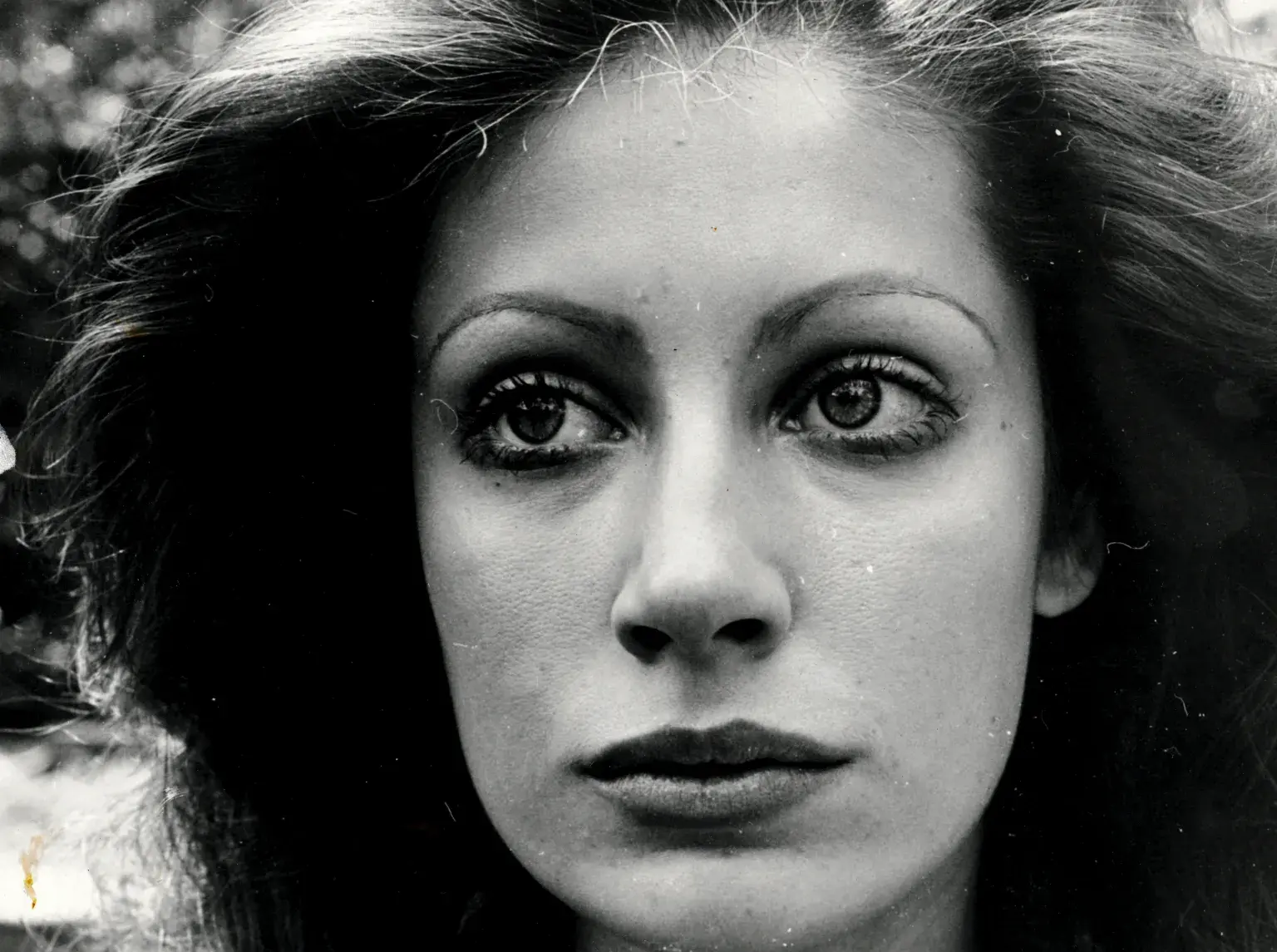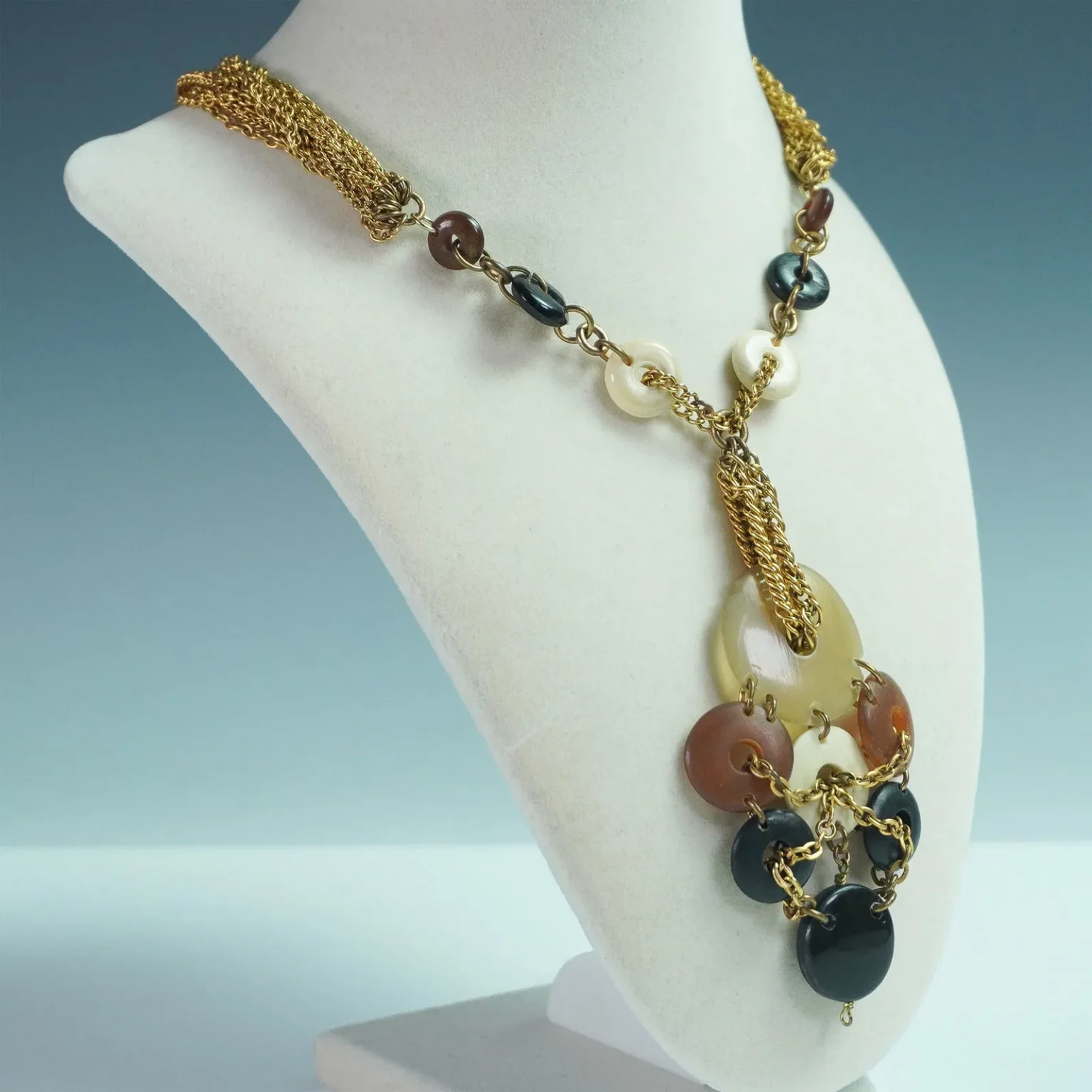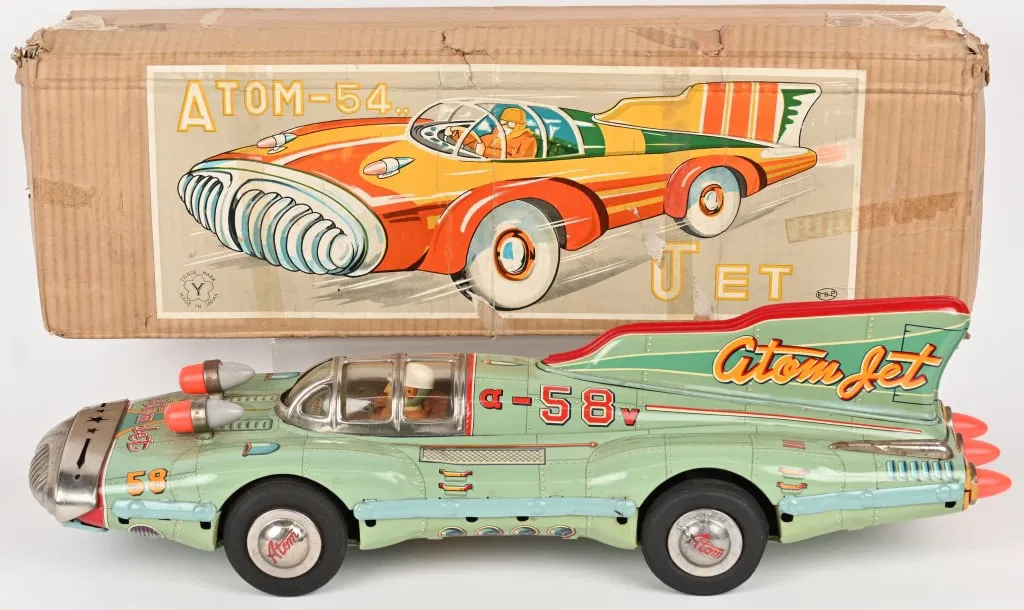Highlights: Althof Bergmann Santa Sleigh, $96,000; massive Schoenner warship, $34,800; George Brown ‘Monitor,’ $34,800; Ives clockwork boat with two rowers, $33,600; ‘Mason’ bank, $24,000
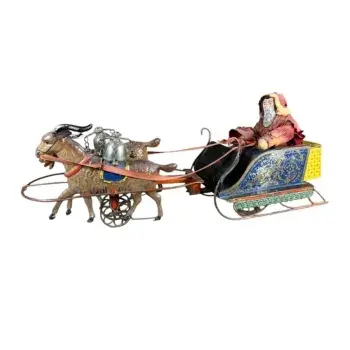
VINELAND, N.J. – Arguably the most formidable alliance of high-level toy collections to appear in the marketplace in recent years, Bertoia’s 500-lot Signature Toy Auction confidently powered its way past the $2 million mark on March 15. The all-star lineup combined Part II of the renowned Curtis and Linda Smith Collection, Tony Cuff’s European toys and trains; Japanese tin cars from the Ira Bernstein collection, and choice Lionel trains from the Bradley Kaplan Collection.
After hammering the final lot, Bertoia Auctions’ president and principal auctioneer, Michael Bertoia, summarized the day’s highlights by saying, “The results showed what the toy-collecting hobby has always known – that great items bring great prices.”
Linda Smith and her late husband, Curt, were prominent in the toy-collecting fraternity and active members of the Antique Toy Collectors of America. They were known for acquiring extraordinarily rare pieces with illustrious provenance. The centerpiece of the Smith Collection Part II was a wonderful late-19th-century Althof Bergmann Santa in a Goat Sleigh. This great rarity is regarded as one of the finest pieces of American clockwork tin ever produced because of its impressive 20-inch size, bright colors, and endearing Christmas theme. The toy appears in the Barenholtz/McClintock book American Tin Toys as well as in The Toy Collector by Louis Hertz. When last seen at auction, it was hailed as the best of all known original examples. Against an estimate of $70,000-$140,000, the classic American bell toy was bid to an impressive $96,000.
Also by Althof Bergmann, the only known complete, all-original example of a Fire Patrol Wagon displayed vivid hand-painted colors and excellent stenciling (FIRE PATROL) on its side. Large in scale at 16 inches long, the horse-drawn vehicle retained all five of its original firefighter figures in painted blue uniforms, yellow firemen’s hats and black boots. With a line of provenance that included the Aaron and Abby Schroeder Collection, prior to being obtained by the Smiths, it blazed past its $6,000-$12,000 estimate to settle at $20,400.
The Smith Collection was also the source of one of the finest of all George Brown toys: a clockwork version of the Civil War boat the USS Monitor. Made around 1870 – eight years after the original ironclad Monitor was launched – the historically-important toy offered by Bertoia’s was a sizable 14 inches long and had survived in an excellent state of preservation. The Monitor toy’s design significantly appears in the George Brown Sketchbook. The example offered by Bertoia’s was one of only a handful known to exist and sold well above its high estimate, for $34,800.
The auction waters must have felt welcoming to fans of early ships and boats, as one antique craft after another set sail toward an above-estimate horizon. A gargantuan 1890s Jean Schoenner live-steam-powered ironclad ship, 34½ inches long, reflected the style of the most advanced warships of the mid-to-late-19th century, with a large cannon on its bow and several guns on port and starboard. A top prize from the Tony Cuff Collection, the German behemoth surpassed pre-sale expectations, dropping its anchor at $34,800.
Ives toys put in a strong performance, with a scarce circa-1870s double-oarsmen boat achieving $28,000 against an $8,000-$16,000 estimate. This well-documented piece is featured in both Blair Whitton’s reference book Clockwork Toys and the aforementioned American Antique Toys. It was previously held in the collections of Aaron and Abby Schroeder; and Curtis and Linda Smith.
Prior to the auction, there was a flurry of interest in a correct boxed set of four Bliss paper-over-wood battleships that pre-dated the Spanish-American War. The ships included the Cincinnati, the Iowa, the Maine, and a fourth vessel that was unmarked. The quartet came in its original cardboard box with a full pictorial label on the lid that was imprinted Toy Models of Uncle Sam’s Navy. In near-mint condition and with provenance from the esteemed Dick Claus Collection, it was chased to $14,400 against an estimate of $6,000-$9,000.
Alongside the perhaps more-familiar production toys with a marine theme, wooden folk-art boats also grabbed their fair share of attention. A massive 53-inch-long clockwork paddle wheeler, the Robert E Lee, charmed bidders with the accuracy of its rigging, smokestacks, and railings, as well as the artistic excellence of its hand-painted details. Against an estimate of $2,000-$4,000, it cruised all the way to $18,000.
The sale featured a small but select grouping of cast-iron mechanical banks, including a J & E Stevens Boy Scout bank. Extremely colorful with golden highlights to its grassy base and tepee, this popular and well-detailed bank’s design depicts a Boy Scout encampment. The auction example was in pristine condition, showing no touchups or repair. Importantly, the Scout figures’ arms were correct and authentic to the bank. With provenance from the Smith Collection, it conveyed to its new owner for $19,200 against an estimate of $6,000-$10,000. An outstanding Mason bank made by Shepard Hardware Co., was complete with its original wooden factory box marked “ONE COMPLETE ‘MASON’ TOY SAVINGS BANK.” It took in $24,000, the highest price realized by any of the sale’s mechanical money boxes.
The timeless appeal of German-made Steiff toys evidenced itself yet again in the form of a circa-1905 apricot long-mohair rod bear with its correct Steiff elephant button. Measuring 17 inches long, with shoe-button eyes and a pronounced nose with a gutta percha tip, it represented one of the earliest teddies Steiff ever produced. Accompanied by an actual X-ray confirming its interior rod construction, it was bid to $22,800 against an estimate of $10,000-$16,000.
In the world of American dolls, folk art productions by Rhode Island designer Izannah Walker rank very highly. The Smith Collection included a coveted 18½inch-long Walker doll from the mid-19th century with a painted cloth head and lower arms, firm stuffed body, and original shoes with later redressing. The Smiths acquired it from a descendant of the Walker family, which gave it rather unique provenance. It sold at the upper end of its estimate range for $12,000.
Many collectors answered the boarding call for a 1940s Ell-Bee wooden bus terminal replicating an NYC Greyhound bus station. Labeled Made exclusively for F.A.O. Schwarz, Ell-Bee, L.B. Goetschius Woodcraft Co., Hackensack, NJ, the set included two Arcade #4400 cast-iron Greyhound buses with their own individual Arcade-marked boxes. Housed in its original shipping box with an FAO Schwarz shipping label, the set raced to a $20,400 finish, more than 10 times the high estimate.
A fleet of large, candy-colored 1950s/’60s Japanese cars came from the collection of Broadway executive and industrial designer Ira Bernstein (1929-2023), who was hired by General Motors in 1953 as a stylist for Oldsmobile. Ira’s stellar Japanese cars were led by a Rock Valley tin rendition of a 1958 Chrysler New Yorker. A full 13 inches long with an exotic turquoise and pale lime-green motif, its tin seats were scrupulously lithographed to simulate red and white tufted upholstery. The pristine large-finned beauty even retained its original “CH-19-58” framed license plate at its rear. Against a $1,200-$3,000 estimate, it swept the postwar toy competition, closing at $12,000.
On the Lionel side of the train tracks, a big winner was the rare 1910 “Knobby Roof” baggage car stamped “1910,” with red primer and three-rivet trucks (the underframe foundation). The 15½-inch-long car from the Kaplan Collection rolled to a final bid of $11,400, nearly four times the high estimate. Of the many tempting European trains with provenance from Tony Cuff, a Bing (Germany) hand-painted gauge 1 Sir Sam Fay 14-inch clockwork locomotive and tender fared best. In pristine condition, the historical Sir Sam Fay train loco and tender was right on par with the Lionel baggage car, commanding $11,400 against an estimate of $800-$1,200.
To discuss consigning to a future auction at Bertoia’s, call 856-692-1881; or email [email protected]. All enquiries are kept strictly confidential and there is never an obligation to consign. Online: www.bertoiaauctions.com

